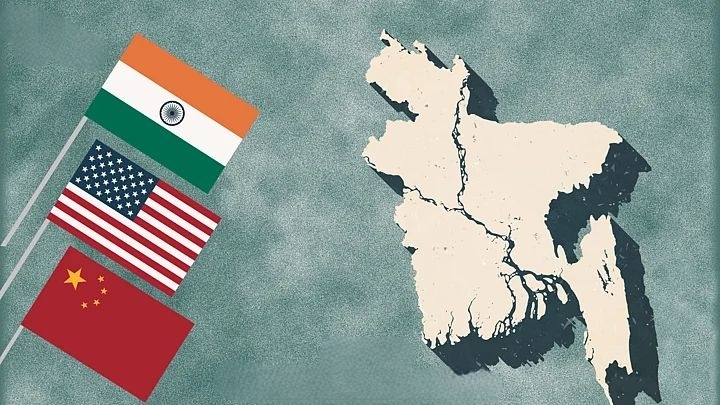Bangladeshi exporters are seeing fresh interest from American buyers after Washington’s steep tariff hike on imports from India and China made sourcing from those countries costlier.
Industry insiders say local firms are now receiving inquiries not only for apparel — Bangladesh’s flagship export — but also for non-traditional items such as hardware, construction materials, PVC pipes, PP woven bags, ceramic tiles, and light-engineering products.
Since last Wednesday, Indian exports to the US have been subject to tariffs of up to 50%. The higher rate stems from an additional 25% penalty duty on Indian goods over its purchases of Russian oil, on top of the 25% levy already imposed earlier by the Trump administration.
As a result, Indian products — including garments, jewellery, footwear, furniture, sporting goods, and chemicals — now face some of the highest US duties, on par with Brazil and China.
🔹 New orders flowing in
Kazal Arifen, AGM of Export Sales at Meghna Bulk Bag Industries Ltd, said order flow from the US has increased following the tariff hike, though much is still at the inquiry stage. “It takes time to mature,” he noted.
Akij Pipes Ltd has also received new inquiries. “We are negotiating one order, but buyers want us to share part of the 20% US duty on Bangladeshi imports,” said COO Engr. Paritosh Mitra. He added that partial bonded-warehouse facilities would help companies offer more competitive prices.
Md Saiful Islam, proprietor of Foresight Business Solutions, said his trading house is now receiving a surge of US orders ranging from garments to hardware and even light-engineering products. “If small enterprises get bonded facilities and duty drawback on raw materials, they can compete better globally,” he added.
🔹 Apparel sector feels the pull
Garment exporters are also reporting a rise in inquiries. Sparrow Group Managing Director Shovon Islam said his company has already secured 10% more spring orders and expects 15% additional orders for summer.
“To meet the demand, we are seeking buyer approval for extended overtime. But sustained business will require government support on energy, monetary policy, and customs cooperation,” he said.
The Team Group’s Deputy Managing Director Abdullah Hil Nakib noted that buyers are offering lower prices, with some even asking Bangladeshi suppliers to absorb part of the tariff impact. “This is not sustainable,” he warned, though he expects demand to normalise within six months.
DBL Group Vice Chairman MA Rahim said it would take at least a month for reputed buyers to adjust their sourcing strategy. He added that if India shifts its focus to the EU, Bangladeshi exporters could face added pressure, although he believes Bangladesh’s apparel quality gives it a competitive edge.
🔹 US remains a key market
According to Export Promotion Bureau (EPB) data, Bangladesh exported $8.69 billion worth of goods to the US in FY25, up from $7.60 billion the year before. The US accounted for over 18% of the country’s $48.28 billion total export earnings.
Exporters, however, warn that as India and China re-divert their focus toward the EU market, Bangladesh could face stiffer competition there unless Dhaka offers policy support and accelerates bilateral trade negotiations.






